
Custom Online CNC Milling Services
Get custom milled parts from various high-quality metals and plastics.
Tight tolerance of 0.01 mm. Milled parts as fast as 1 day.
• Various rapid prototyping services
• Abundant materials & finishes
• 24/7 engineering support
Why Choose Us
With Futai CNC milling service, you’re investing in more than just machinery. You get the promise of impeccable precision, adherence to tight schedules, and the support of seasoned professionals.
Parts

Experience unparalleled precision in each undertaking. Our advanced milling processes ensure components adhere to tight tolerances, as tight as ±0.01mm, resulting in seamless assembly and operational excellence.
Lead Time

Accelerate your manufacturing cycle. Futai domestic workshops and state-of-the-art machinery guarantee fast turnaround times, helping businesses maintain momentum and meet critical deadlines.
Support

No matter you whenever and whereever, navigate your CNC milling projects with confidence. Our seasoned specialists offer insightful guidance at every step, maximizing design optimization and output quality.
Online CNC Milling Services for Custom Parts
From 3-axis basics to intricate 5-axis projects, our precision CNC milling makes your designs come alive with unmatched accuracy and craftsmanship.

3-Axis CNC Milling
With 3-axis CNC milling, precision meets affordability. It’s your go-to for simple parts that still demand accuracy.
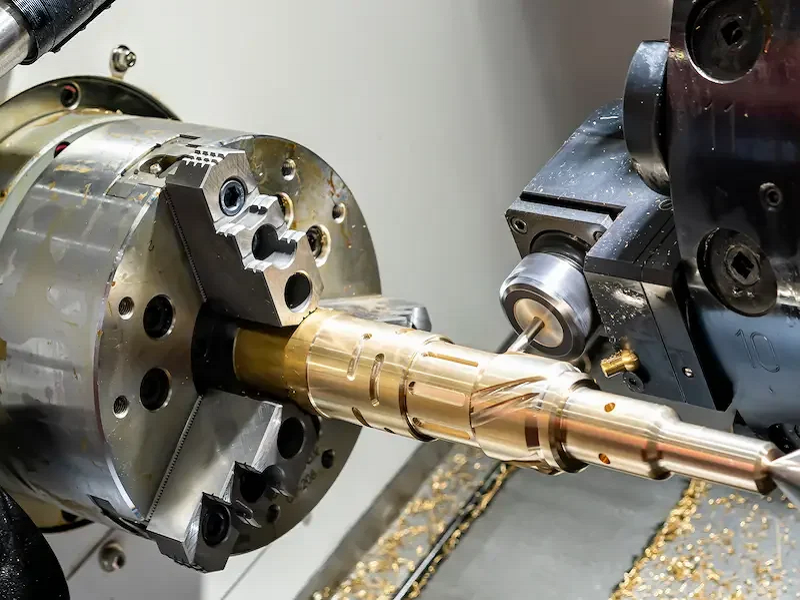
4-Axis CNC Milling
Think of a design, and 4-axis milling can probably make it. Multi-sided machining just got a whole lot simpler.
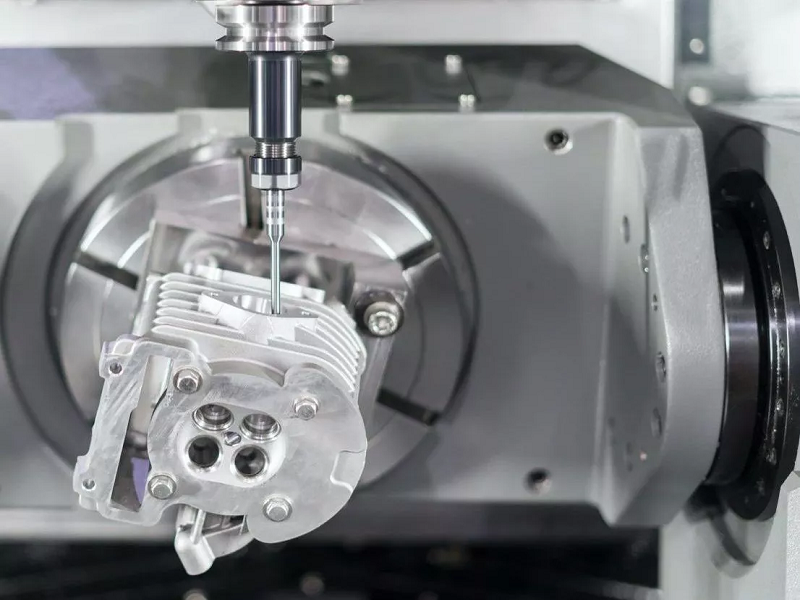
5-Axis CNC Milling
For those complex and intricate parts, 5-axis milling is the master key. Bring your most ambitious designs to life.
Futai CNC Machining Solutions
PROTOTYPING
Rapid Prototyping
Accelerate product development with our rapid machining services. We offer fast turnaround times and specialize in quick production of high-quality prototypes and mold tooling, aiding your design verification process.
PRODUCTION
Low and High-Volume Production
Whether you need small batches or large-scale production, we can offer you both. With stringent tolerance controls and comprehensive capabilities, we adapt to your volume requirements without compromising on quality.
CNC Milling Materials
At Futai, our CNC milling service offers a diverse range of materials, ensuring precision and durability. This vast selection empowers our clients with optimal choices for their unique projects, boosting their product’s quality and performance.
 | Aluminum is lightweight yet strong, with excellent machinability and corrosion resistance. Ideal for aerospace and automotive parts. Alloys |
 | Copper is known for its superior electrical conductivity and thermal properties, making it perfect for electrical components and heat exchangers. Alloys |
 |
Brass is durable and has a low friction coefficient, which makes it suitable for fittings, tools, and musical instruments that require precision. Alloys Brass C27400 Brass C28000 Brass C36000 |
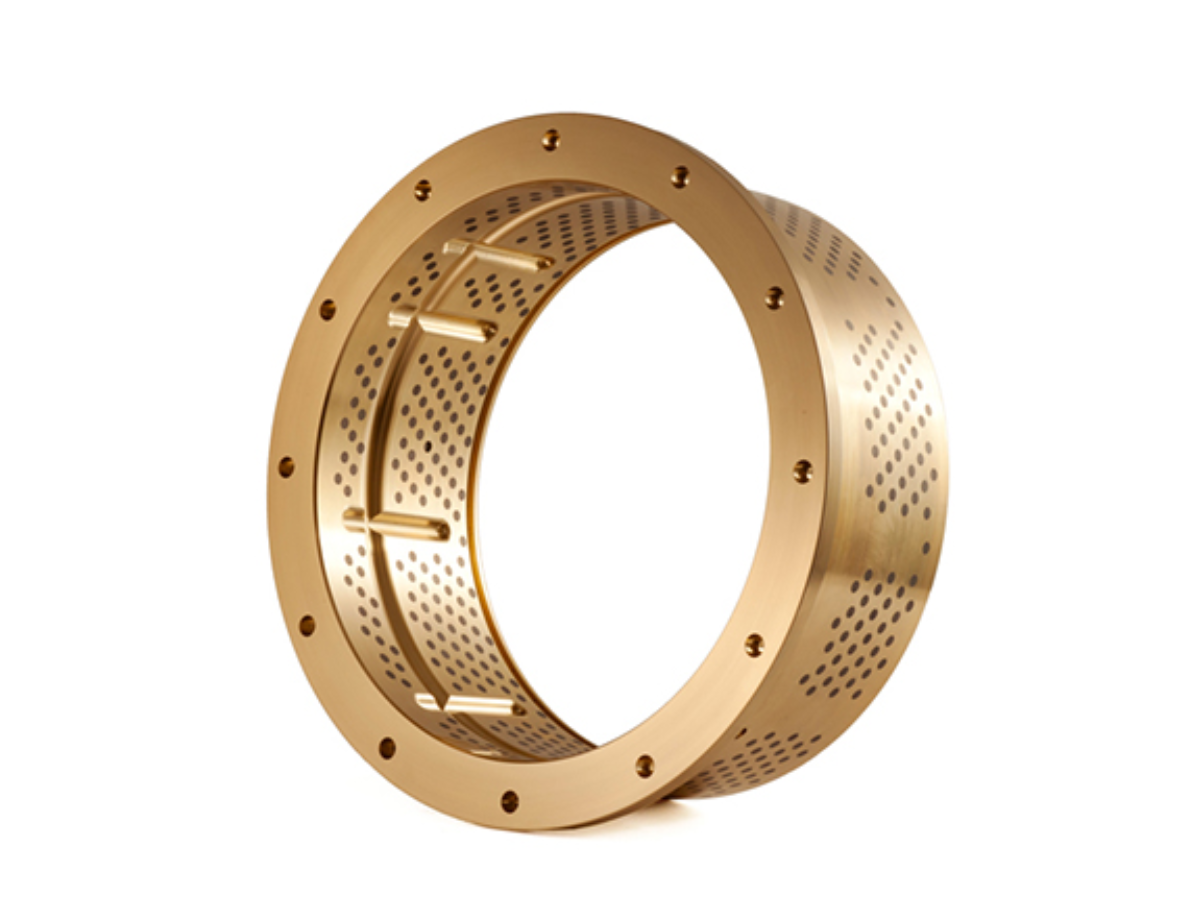 |
Bronze is highly resistant to corrosion and metal fatigue, favored for bearings, bushings, and marine hardware.
Brass C36000Alloys Tin Bronze |
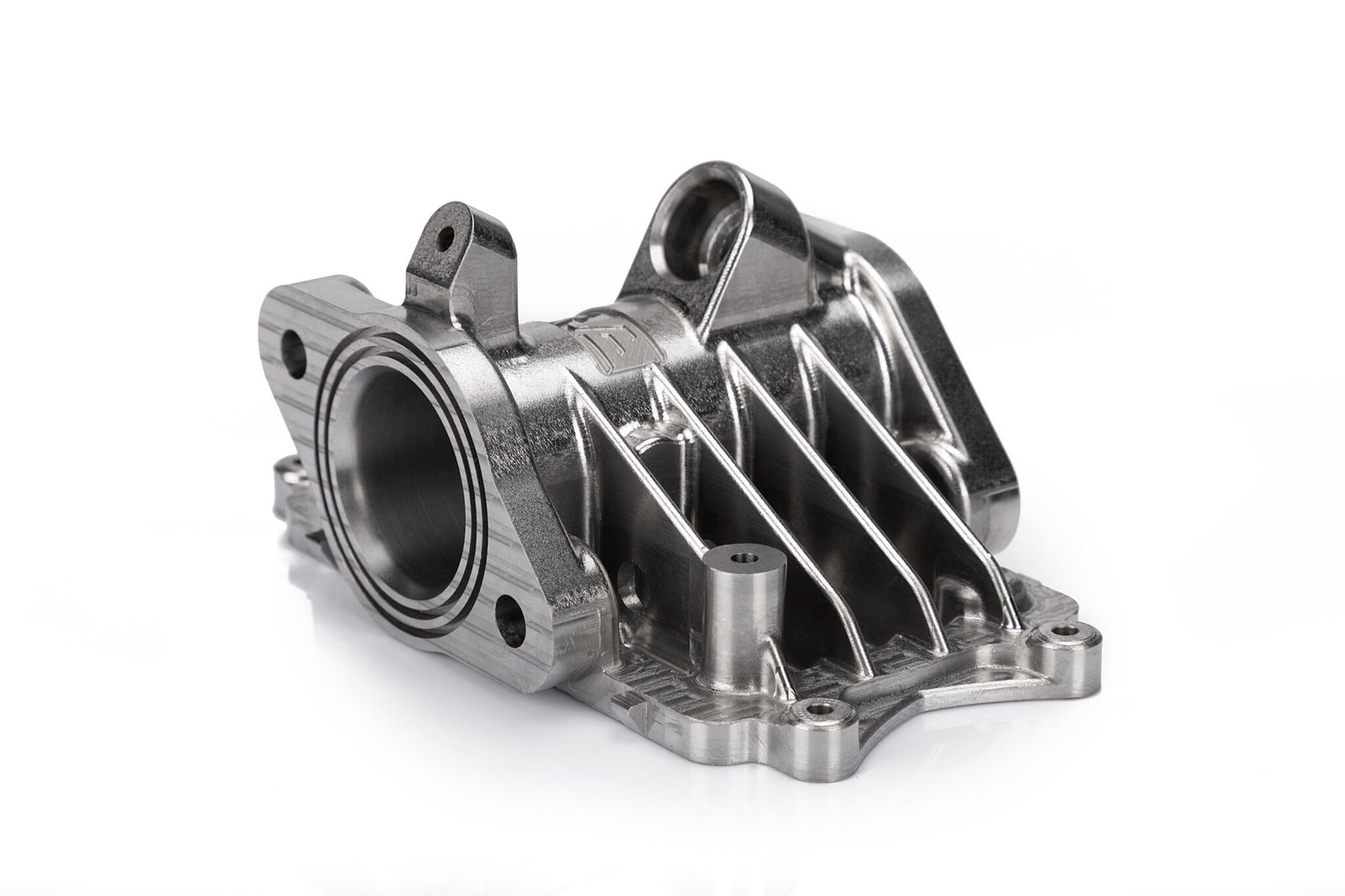 |
Steel is an alloy with high tensile strength and durability, commonly used in construction and automotive industries for its robustness. Alloys Steel 1018, 1020, 1025, 1045, 1215, 4130, 4140, 4340, 5140, A36 Die steel Alloy steel Chisel tool steel Spring steel High speed steel Cold rolled steel Bearing steel SPCC |
 |
Stainless steel is renowned for its corrosion resistance, making it a prime choice for medical devices and food processing equipment. Alloys Stainless Steel SUS201 Stainless Steel SUS303 Stainless Steel SUS 304 Stainless Steel SUS316 Stainless Steel SUS316L Stainless Steel SUS420 Stainless Steel SUS430 Stainless Steel SUS431 Stainless Steel SUS440C Stainless Steel SUS630/17-4PH Stainless Steel AISI 304 |
 |
Magnesium is the lightest structural metal, offering high strength-to-weight ratios, perfect for automotive and aerospace applications where weight is critical.
Alloys Magnesium Alloy AZ31B Magnesium Alloy AZ91D |
 |
Titanium boasts the highest strength-to-density ratio among metals, highly resistant to corrosion and fatigue, ideal for aerospace, medical, and marine applications. Alloys Titanium Alloy TA1 Titanium Alloy TA2 Titanium Alloy TC4/Ti-6Al 4V |
CNC Milling Surface Finishes
As Machined

As machined finish leaves thesurface straight from the CNCmachine, providing a cost-effective option with toolmarks.
Anodizing

Anodizing increases corrosion resistance and wearproperties, while allowing forcolor dyeing, ideal for aluminumparts.
Polishing

Polishing achieves a high glossfinish, reducing surfaceroughness and enhancing theaesthetic appeal of metals.
Sand Blasting
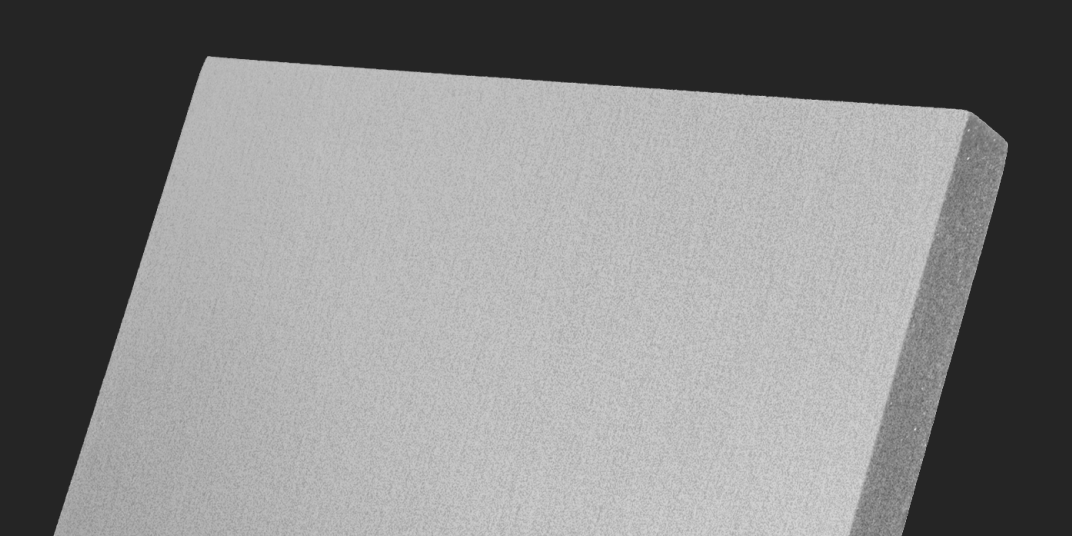
Sand blasting uses pressurizedsand or other media to cleanand texture the surface.creating a uniform,matte finish.
Tumbling

Tumbling smooths and polishes small parts by friction andabrasion in a barrel, offering aconsistent but slightly texturedfinish.
Electropolish
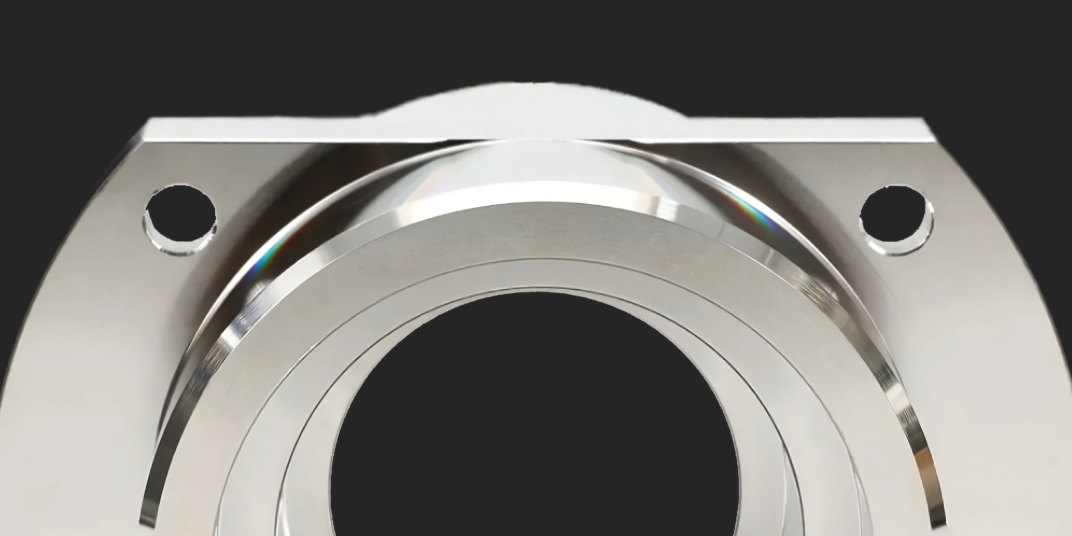
Electropolish is a chemicalprocess that smooths andbrightens surfaces whileimproving corrosion resistance.
Alodine

Alodine coating providescorrosion protection andimproves paint adhesion,mainly used on aluminumsurfaces.
Heat Treatment
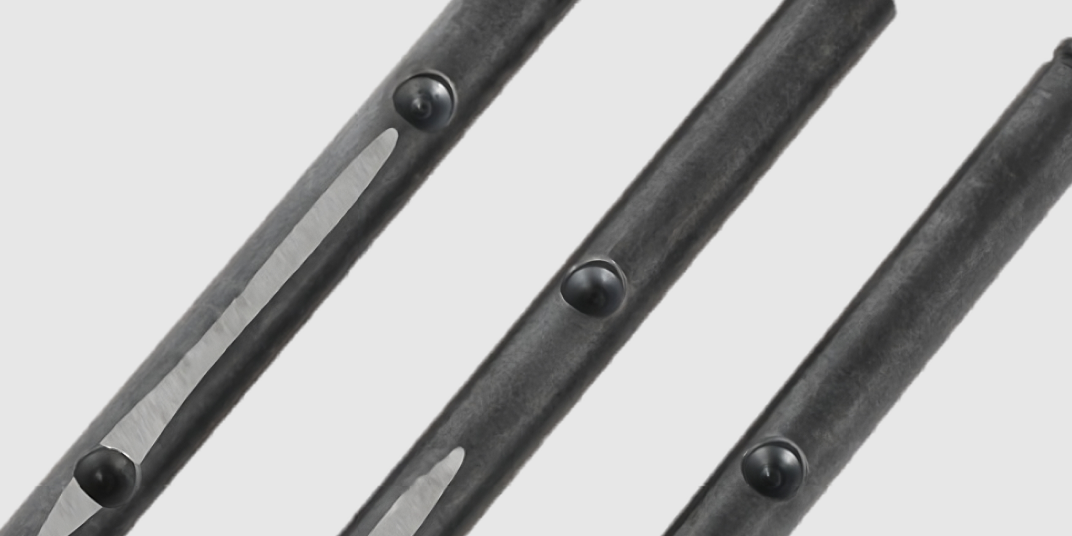
Heat treatment alters themechanical properties of metalto increase its hardness,strength, or ductility.
Brushed Finish

A brushed finish creates aunidirectional satin texture,reducing the visibility of marksand scratches on the surface.
Powder Coating

Powder coating applies a thick,wear-resistant layer withexcellent color and textureoptions, suitable for a variety ofsurfaces.
Electroplating

Electroplating bonds a thinmetal layer onto parts,improving wear resistance,corrosion resistance,andsurface conductivity.
Black Oxidize
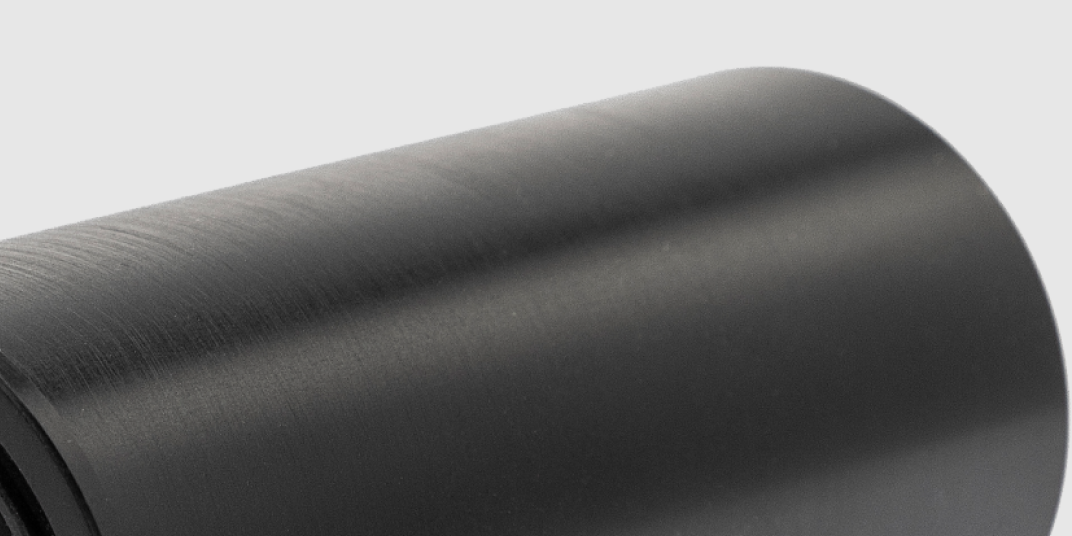
Black oxidize is a conversioncoating for ferrous metals thatimproves corrosion resistanceand minimizes light reflection.
Tolerances for CNC Milling
Futai ensures precision with our CNC Milling Tolerance standards. We commit to exact measurements, benefiting clients with consistent, high-quality results, optimized for search visibility. Our standard tolerances for CNC milled metals are ISO 2768-m and ISO 2768-c for plastics.
3-Axis
4-Axis
5-Axis
Maximum Part Size
1000 x 500 x 500 mm
1000 x 500 x 500 mm
4000×1500×600 mm
Maximum Part Size
1000 x 500 x 500 mm
1000 x 500 x 500 mm
4000×1500×600 mm
CNC Milling Design Guidelines
Recommended Size
Radii
Internal radii should be at least 1/3 of the cavity depth. Use larger radii whenever possible.
Threads and Tapped Holes
Diameter Φ 1.5-5 mm, depth: 3 times the diameter.
Diameter Φ 5 mm or larger, depth: 4-6 times the diameter.
RapidDirect can produce threads of any specification and size as required by the customer.
How CNC Milling Works?
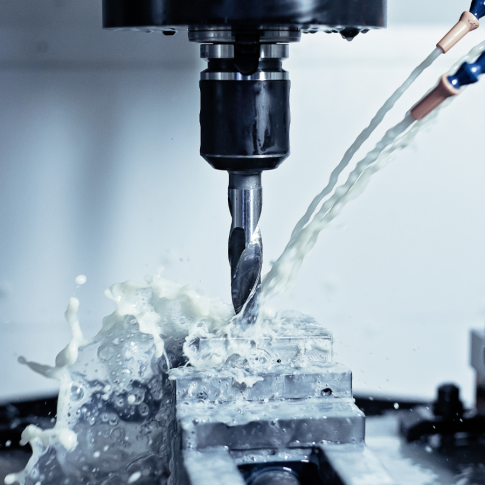
CNC milling is a precise manufacturing process that involves removing material from a workpiece using rotating cutting tools. The process begins with a digital design, typically created in CAD software. This design is then converted into a CNC program, which dictates the movements of the milling machine.
The workpiece is securely fastened to the machine’s table, and the cutting tool, mounted on a spindle, rotates at high speeds. The machine follows the programmed path, making precise cuts to shape the material into the desired form. CNC milling can create complex shapes and features, such as slots, holes, and contours, with high accuracy.
Three-axis milling moves the tool along the X, Y, and Z axes. Four-axis milling adds rotation around one axis, while five-axis milling allows rotation around two axes, enabling more intricate designs. This versatility makes CNC milling essential in various industries, from aerospace to medical devices.
Advantages of CNC Milling
CNC milling offers numerous advantages for manufacturing:
- High Precision: CNC milling machines can produce parts with very tight tolerances, ensuring high accuracy and consistency in every piece.
- Complex Geometries: With the ability to move in multiple axes, CNC milling can create intricate and complex shapes that are difficult or impossible to achieve with manual machining.
- Efficiency: Automated operation allows for continuous production, reducing lead times and increasing productivity. Multiple parts can be produced with minimal downtime.
- Flexibility: CNC milling can work with a wide range of materials, including metals, plastics, and composites. This versatility makes it suitable for various applications.
- Repeatability: Once a design is programmed, the machine can reproduce identical parts over and over, ensuring uniformity and reducing the risk of human error.
- Cost-Effective: While the initial setup can be expensive, the efficiency and precision of CNC milling reduce overall production costs, especially for large quantities.
- Safety: CNC machines operate with minimal human intervention, reducing the risk of accidents and enhancing workplace safety.
Applications of CNC Milling
CNC milling is widely used to produce a variety of precision parts and components:
- Engine Components: Used in the manufacturing of engine blocks, cylinder heads, and pistons, ensuring high performance and durability in automotive and aerospace industries.
- Gear Components: Essential for producing gears, splines, and shafts with tight tolerances, used in machinery and automotive applications.
- Medical Implants: Creates precise and high-quality implants such as hip joints, dental implants, and surgical screws for the medical field.
- Electronic Housings: Produces enclosures for electronic devices, ensuring proper fit and protection for circuit boards and components.
- Custom Prototypes: Allows for the rapid development and testing of prototypes, helping designers refine their products before mass production.
- Tooling and Dies: Essential for creating molds, dies, and cutting tools used in various manufacturing processes.
- Complex Aerospace Parts: Used for producing turbine blades, brackets, and other intricate parts that require high precision and strength.
FAQs
At Futai, we have a variety of CNC milling machines to meet diverse manufacturing needs. Our inventory includes 3-axis, 4-axis, and 5-axis CNC milling machines.
The 3-axis machines are perfect for simple operations, handling basic cutting tasks along the X, Y, and Z axes.
Our 4-axis machines add an extra rotational axis, allowing for more complex geometries and more efficient production of parts with features that require continuous machining around a fourth axis.
Finally, our advanced 5-axis CNC milling machines offer the highest level of precision and versatility, enabling the creation of intricate parts with complex shapes and angles.
These machines are capable of machining in five different axes simultaneously, reducing the need for multiple setups and ensuring exceptional accuracy and quality in every component we produce.
Futai offers comprehensive CNC milling capabilities tailored to various industry needs. We can machine parts with maximum dimensions of 4000 x 1500 x 600 mm and minimum dimensions of 5 x 5 x 5 mm, accommodating a wide range of project sizes. Our milling machines can work with various materials, including metals, plastics, and composites. We achieve tight tolerances, typically ±0.01 mm for 5-axis milling, ensuring precision and consistency. Our lead times are competitive, ranging from 3-7 days for simpler 3-axis tasks to 7-14 days for more complex 5-axis projects. We also provide additional services such as surface finishing, heat treatment, and quality inspection to ensure that every part meets the highest standards of quality and performance.
CNC milling and CNC turning are both subtractive manufacturing processes, but they differ in how the material is removed.
In CNC milling, the workpiece is stationary, and the cutting tool moves across multiple axes to remove material and create the desired shape. This process is ideal for complex parts with various features such as slots, holes, and contours.
On the other hand, CNC turning involves rotating the workpiece while a stationary cutting tool removes material. This method is best suited for producing cylindrical parts, such as shafts, rings, and bolts. While milling can handle more complex geometries, turning is typically faster and more efficient for producing round parts.
CNC milling and CNC routing both involve cutting materials using computer-controlled machines, but they serve different purposes.
CNC milling machines are designed for precision work with metals, requiring high rigidity and the ability to handle significant cutting forces. They are used for producing intricate and complex parts with tight tolerances.
CNC routers, however, are typically used for softer materials like wood, plastics, and composites. They operate at higher speeds and are ideal for cutting larger sheets into parts with less emphasis on precision. Routers often feature a gantry-style design, allowing for quick and efficient handling of large workpieces, while milling machines focus on detailed, accurate machining.
When a 3D model or drawing does not specify a particular fillet size, standard practice is to add fillets with a radius that balances strength and machinability.
Typically, fillets with a radius of 1/3 to 1/5 of the cavity depth are added. For general purposes, a fillet radius of around 1 mm to 3 mm is commonly used. This size helps to reduce stress concentrations and improve the overall durability of the part.
However, the exact size can vary based on the material being used and the specific requirements of the part. Larger fillets are often preferred for softer materials, while smaller fillets may be used for harder materials to ensure structural integrity without compromising precision.
CNC Milling Resources

Metals
Metals such as aluminum, stainless steel, andbrass are known for their durability, highstrength, and excellent corrosion resistance.These properties make them ideal for bothstructural applications and detailed aestheticpieces.
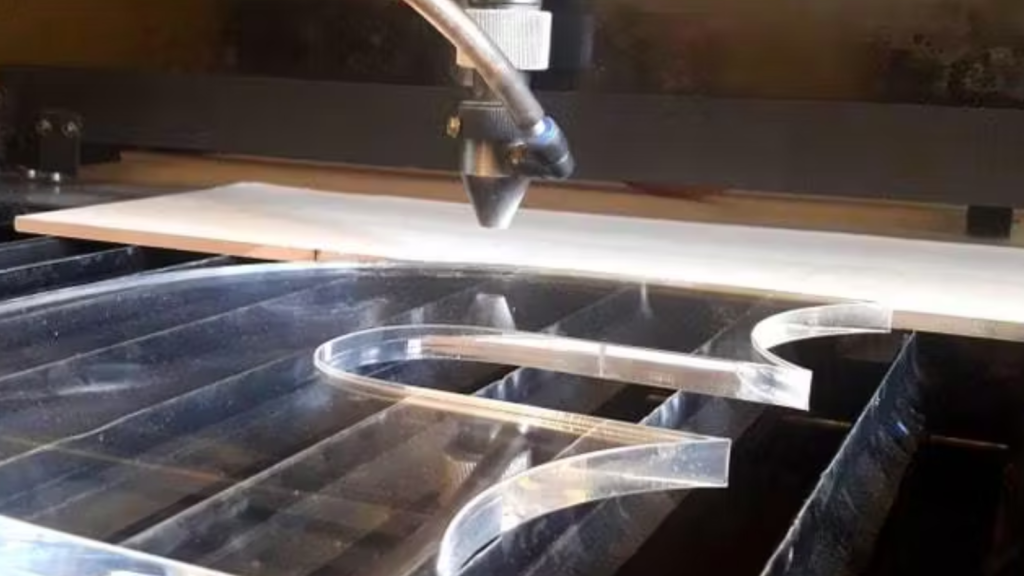
Plastics
Plastics like acrylic and polycarbonate arecelebrated for their lightweight, impactresistance, and clarity.These materials offergreat versatility, allowing for a wide range ofapplications from industrial components tovisually appealing decorative items.

Woods
Wood varieties such as pine, oak, and mapleare chosen for their natural grain patterns.workability, and strength. Each type provides aunique aesthetic and can be used for bothstructural purposes and intricate decorativeworks.
